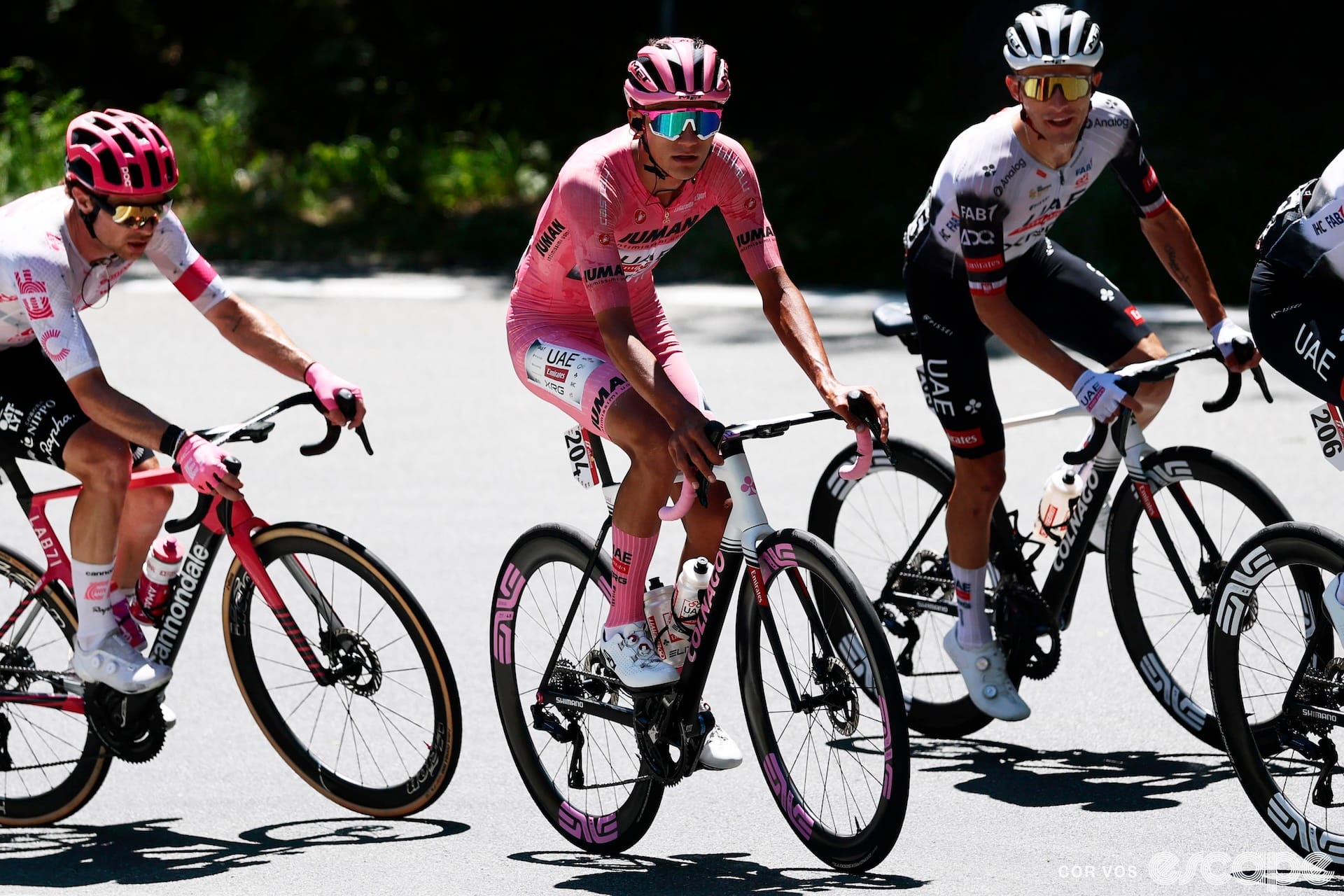In endurance training, few topics spark as much debate as training intensity distribution (TID) or training models to you and me.
For every proponent of the polarised approach, which sees riders spending most of their time at low intensity with a smaller proportion of high-intensity work, there are others in favour of “sweet spot” or threshold training, where more training volume is spent at intermediate intensity in a pyramidal approach. Then there is confusion around the so-called “zone 2," which can mean different things in a 3-, 5-, or 7-zone training system. And what about HIIT (High Intensity Interval Training), Threshold, and Low Intensity training?
With so many conflicting reports and big name coaches and athletes on both sides of the training divide, deciding on a training plan is sometimes as stressful as the training itself. Does it have to be this way? If we look at all the scientific research, is there one superior method, and which training model leads to the biggest gains in VO2max and time-trial performance?
That’s what a recent systematic review and meta-analysis sought to answer. The review pulled together data from 13 studies across 20 years of research on a total of 350 endurance athlete subjects. The review was led by Michael A. Rosenblat, a sports physiologist at Tel Aviv University, and the University of Agder sports science professor Stephen Seiler, himself renowned for pioneering the polarised training model, demonstrating that elite endurance athletes optimize performance by training mostly at low intensity with occasional high-intensity sessions. The review even went so far as to re-analyse individual athlete training data and ultimately concluded there is no clear winner between different training models.
That finding that might leave advocates on all sides scratching their heads about how to proceed, but a co-author of this study tells Escape Collective there is some good news: what matters is less the model you choose and more how faithfully and diligently you follow that plan.
Jem Arnold is a PhD candidate in exercise physiology at the University of British Columbia, a physiotherapist, and an endurance coach, with research expertise in metabolic testing, athlete profiling, endurance training prescription, and Flow Limitations in the Iliac Arteries (FLIA), a condition affecting endurance athletes. Arnold is an Escape member, and crucially for this topic, he co-authored this meta-analysis and review. Arnold is the guest on this week’s episode of Performance Process, where he talks us through the findings of this meta-analysis, what it didn’t find, and what it means for how we should train.
Did we do a good job with this story?






